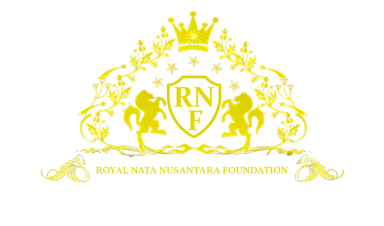Environmental Recovery Big Plan
The implementation of the program will be carried out by a team of local volunteers, community organizations and government agencies. The project will be funded through the foundation. The Green Rejuvenation Project aims to improve the environmental quality and provide a healthier and more enjoyable environment for the community, while promoting community involvement and environmental awareness. We plan to do this program in every major city or provincial capital in every province in Indonesia. This program will also be implemented in several big cities in Asian countries.
The Green Rejuvenation Project
- Our objective in this program is to restore and maintain the natural balance and health of the environment. This program will restore and enhance degraded areas in the community to promote a healthier and sustainable environment for the residents. The activities of this program are:
- Clean-up and removal of litter and waste from designated areas
- Planting of native trees and vegetation to improve air quality and biodiversity
- Construction of walking trails, picnic areas and recreational facilities to encourage community usage of the restored areas
- Installation of waste management systems to reduce pollution and improve sanitation
- Education and awareness campaigns to promote environmental sustainability and responsible waste disposal practices
The Green Forest Initiative
The program objectives are to promote sustainable forest management and conservation of natural resources and also to increase the coverage of forests and improve the quality of forests through reforestation efforts.
Our methods in this program are:
- Conducting outreach and education activities to raise awareness on the importance of forests and the need for reforestation.
- Identifying and selecting suitable areas for reforestation, taking into account local communities' interests and needs, and ensuring the involvement of local people in the reforestation process.
- Planting native tree species that are adapted to the local conditions and provide ecosystem services, such as improving soil and water quality, providing habitats for wildlife, and mitigating climate change.
- Monitoring and evaluating the growth and survival of planted trees, and taking appropriate measures to address any challenges that may arise.
- Involving local communities in the management and protection of the reforested areas, and providing them with livelihood benefits from the forests, such as non-timber forest products and eco-tourism opportunities.
The estimated budget for the Green Forest Initiative is$ 500,000,000 for the first year, which includes the costs of outreach and education activities, land acquisition, tree planting, monitoring and evaluation, and community engagement in Indonesia. The program is planned to be implemented over a period of 5 years, with an annual review and assessment of progress and impact. The Green Forest Initiative will be implemented in collaboration with local organizations, such as non-governmental organizations, community-based organizations, and academic institutions, to ensure local ownership and sustainability of the program.
Mangrove Reforestation Initiative
This program is made to protect and preserve the mangrove ecosystem by planting and nurturing new mangrove trees. The Mangrove Reforestation Initiative outline are:
- Site Selection: Identify suitable areas for mangrove planting based on soil type, tidal range, and other environmental factors.
- Preparation: Prepare the planting site by removing any debris and preparing the soil for the mangrove seedlings
- Planting: Plant mangrove seedlings in the prepared soil, ensuring they are properly spaced and have access to sunlight and water.
- Maintenance: Monitor the growth of the mangrove trees and provide necessary maintenance, such as weed control and water management.
- Monitoring: Regularly monitor the health of the mangrove trees and document any changes or issues.
- Education: Educate local communities about the importance of mangroves and the role they play in protecting coastal areas from erosion and storm surges.
- Expansion: Expand the program by planting additional mangrove trees in other suitable locations and encouraging community involvement.
As a pilot project for this program, we will focus first on areas with damaged mangrove forests and areas with a high potential for tsunamis, such as in several locations along the west coast of the island of Sumatra, the south coast of Java island, Ambon, Sulawesi, Bali, NTT and NTB. The program will run for a minimum of three years in Indonesia, with regular evaluations and adjustments made as necessary. This program also will be implemented in several countries in Asia such as Malaysia, the Philippines and Thailand.
©2023 Copyright. All rights reserved.
We need your consent to load the translations
We use a third-party service to translate the website content that may collect data about your activity. Please review the details in the privacy policy and accept the service to view the translations.
